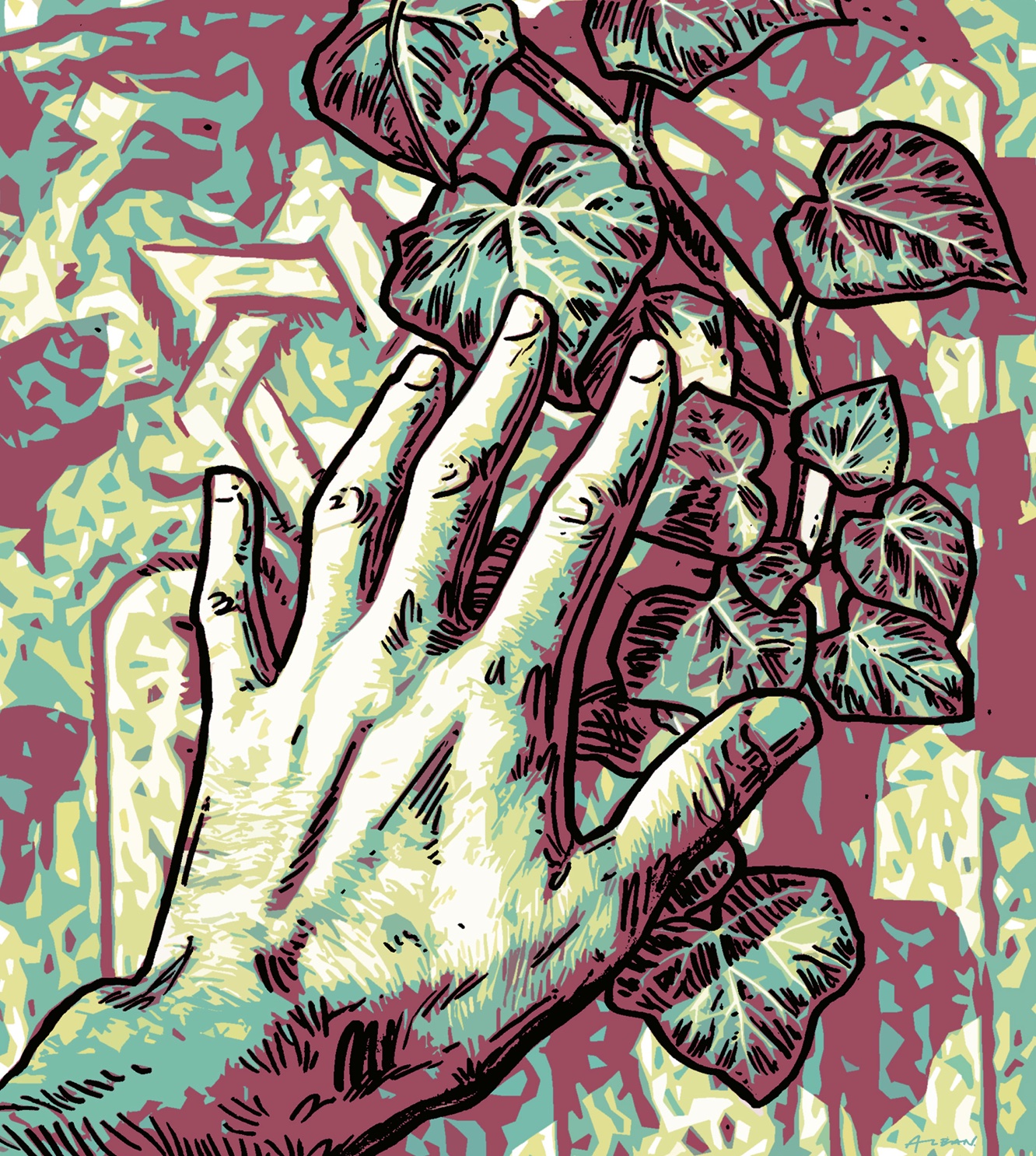Long listed for the WALKING HOME writing competition run in January & February 2022
Poetry Winner
Of blood and water
For seventy years,
five English places
he had called home;
but within his hybrid blood
flowed secret rivers – Vltava
Elbe, Oder, Morava –
names he could barely
pronounce but ingested
in childhood – those Sundays
his father and uncle met,
and goose-fat dumplings with
sweet-vinegared cabbage
evoked their birth-language;
and he, an uncomprehending
ghost, sensed their sadness,
wondering if they wanted
to return home to Prague,
in search of their mother,
lost in the Holocaust. They never did.
Years later, he stepped off
the train there, walking to find
the city’s New Jewish Cemetery
and the fallen family gravestone
hidden beneath sprawling ivy.
He fetched water, let it flow
like a river washing clean
a century’s legacy of dirt
as he whispered Vltava,
Elbe, Oder, Morava – until
his name at last appeared.
Read more from the Long List of poems and stories submitted to the WALKING HOME writing competition. Watch winning authors reading their work on the video of the Write About Walking Home showcase event that took place on Sunday 25 September 2022.
Itching to write something yourself? Submit a piece to our Shorelines project, and invite your friends to read it aloud. Join one of our creative writing workshops or keep up to date with all our competitions by signing up to our curated newsletter here.



Spinetingling